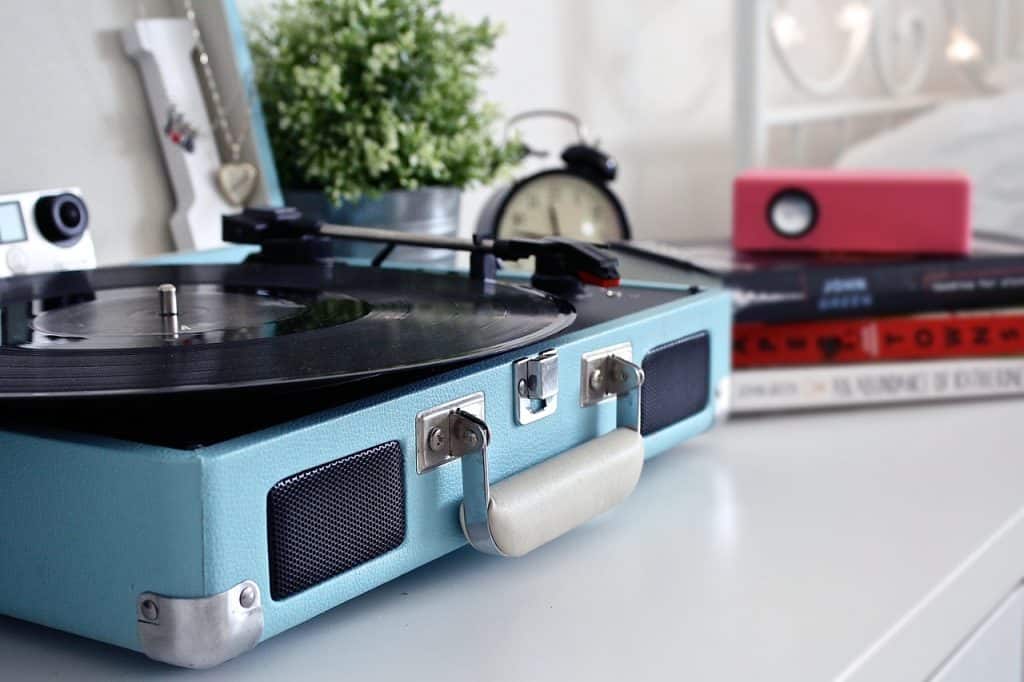Despite many digital audio players, turntables are still in vogue. Many music lovers insist that listening to music from vinyl records wonderfully captures their charm, but also their depth of sound. How to choose the best turntable that will be enjoyed for generations to come?
It should be noted that turntables can have different types of drives, so, before you decide to buy a particular model, get to know all their types.
You can distinguish turntables:
Automatic turntables are the easiest to use – before listening to your favourite vinyl record, you simply place it on the platter and press start. When the record is over, an electronic mechanism will automatically raise the arm and stop playback. It is also automatic to start the motor and move the arm with the needle to the stand. For many people who are unfamiliar with vinyl records and turntables, this can be a good option because record playback is automated and convenient.
However, music lovers are more likely to opt for semi-automatic or manual turntables. With a semi-automatic turntable, you can lower the arm anywhere on the record yourself to start playing it. When the needle reaches the end of the disc, the mechanism raises the arm and moves it to the rest position. When the disc is played, the motor also automatically turns off.
For those who wish to have full control over the playback of the record, manual turntables are available. The user has full control of the turntable – from placing the vinyl record on the platter, to placing the tonearm on the record and removing it when playback is complete. For audiophiles, this is a sure control over the playback of their favorite record and, as they say, the hidden magic of listening to music from a turntable. Such a manual model will definitely appeal to the person who loves retro style.

When choosing a turntable, pay particular attention to the tonearm. It is the part of the turntable that holds the cartridge, which affects the sound of music. A good quality turntable has an arm made of materials that do not transmit or generate vibrations. This is extremely important because vibrations significantly degrade the sound quality.
Turntable arms are available in different shapes and lengths. Most turntables come in straight or S-shaped arms. Large turntables have arms that range from 12 to 14 inches in length. The main purpose of a turntable arm, as we mentioned earlier, is to hold the cartridge that carries the sound from the record to the speaker. It must be properly aligned with the grooves of the record. Then the needle will be guided in a straight line all the time. The stability of the tonearm is important for the reproduction of sound and it is not worth saving on a turntable whose arm will be too unstable and too light.
The cartridge itself is also important. It is the most important component of the turntable, even more important than the drive. There are electromagnetic cartridges with a moving magnet and magneto-electric cartridges with a moving coil. Magnetic cartridges are slightly more expensive but provide much better sound quality and very precise musical detail. If the cartridge wears out, both the unit itself and the needle must be replaced. One magneto-electric cartridge lasts for about 5,000 hours of playback.
Many people do not pay attention to the construction of the needle, and this is a huge mistake. After all, it is the needle that provides the device with information about the grooves on the vinyl record, so you should take a good look at it before buying a turntable. The quality of the needle is indicated by the cut used on it – cheap turntables have needles with a conical tip that do not reproduce high tones. A very good solution, but slightly more expensive, is to choose an elliptical needle. The elliptical needle has a larger contact surface with the vinyl record and is more durable.
When buying a turntable also pay attention to the type of drive. At the mid-price range you will find turntables with a belt drive. This ensures the isolation of the record from vibrations and interference that can be generated by the motor. However, this solution requires the belt to be replaced from time to time as it may stretch and not provide as much stability as at the beginning of its use.
Music lovers, but also DJs, more often choose a direct drive. It is extremely precise and at the same time provides stable rotation. It also provides the possibility to set the rotational speed independently.
Photo by Olha Dobosh/Pexels